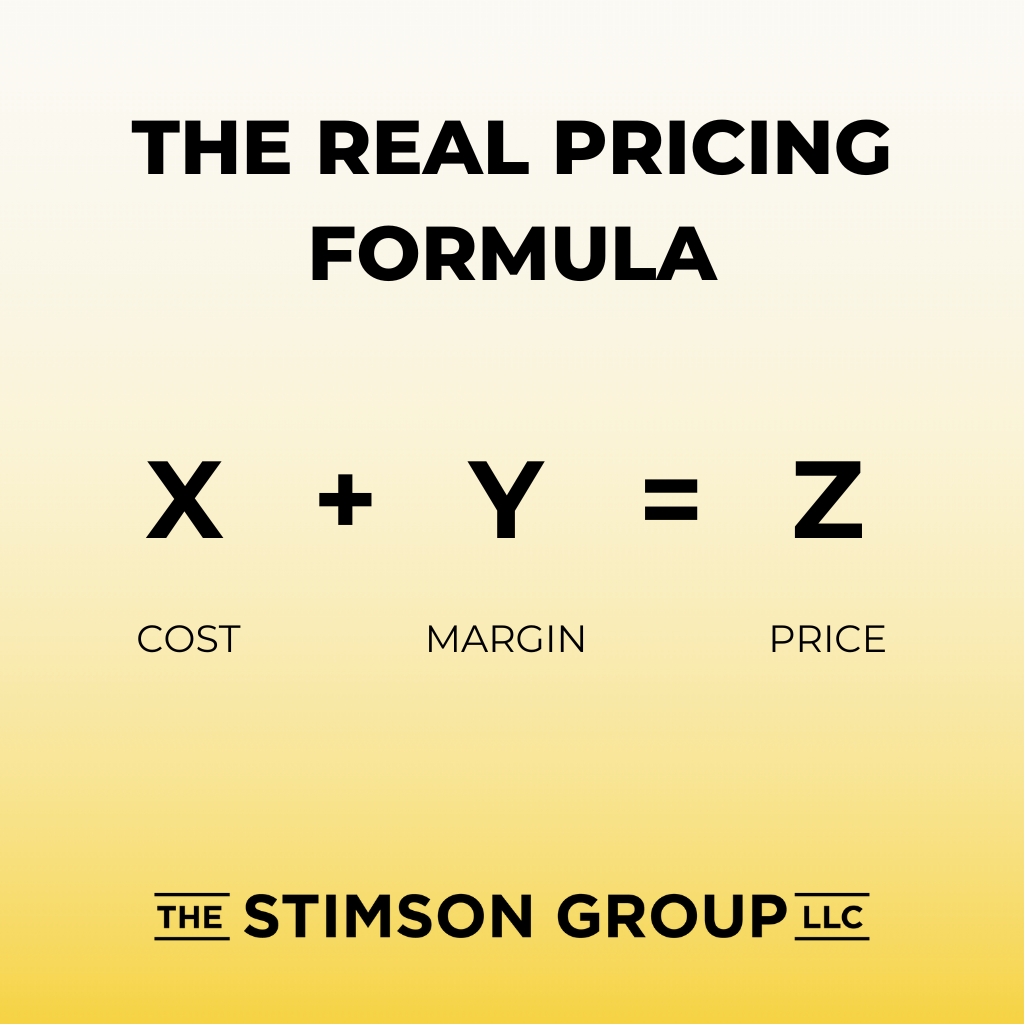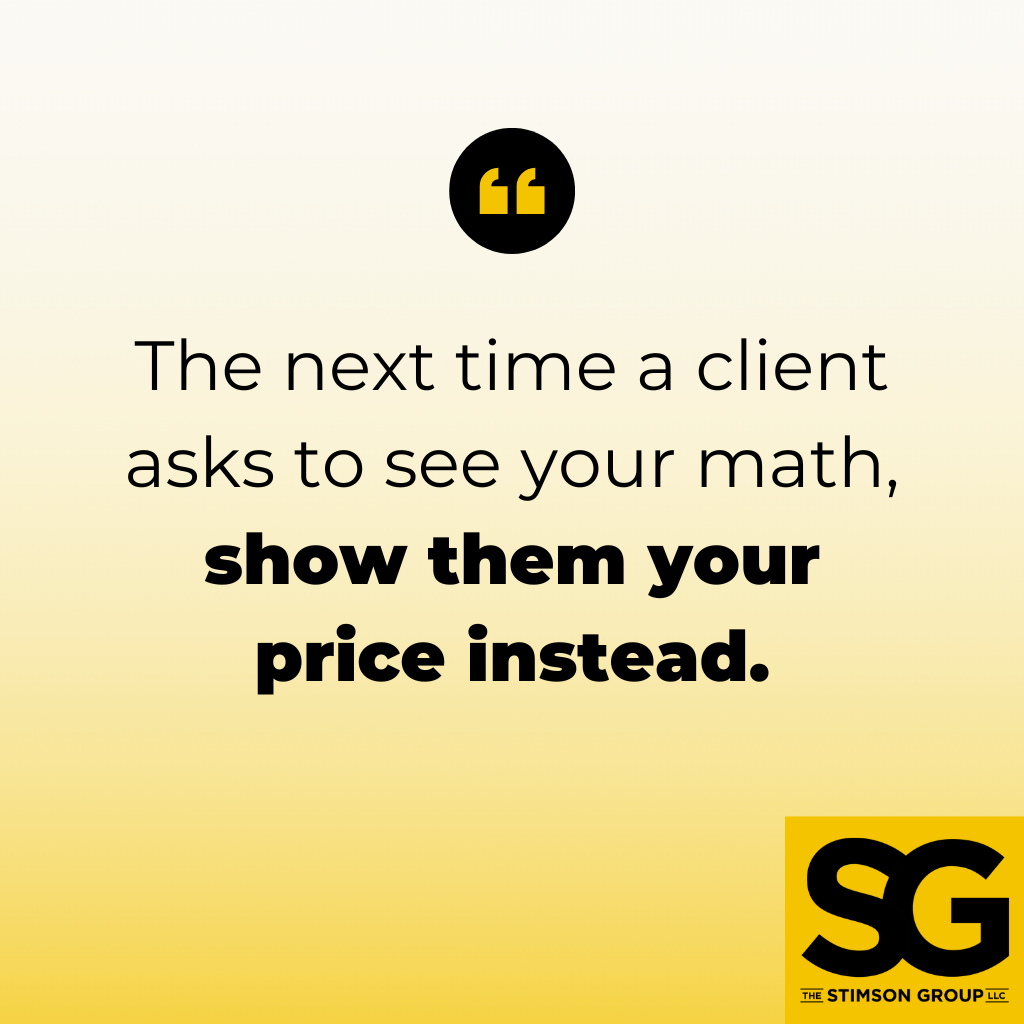
Listen instead on your Monday Morning Drive:
Your clients think you make too much money. They’re wrong, but you taught them to think that way.
Every time you send a 3,700-line quote with itemized pricing for each cable and connector, you’re training clients to scrutinize your profit. You’re creating procurement nightmares that didn’t exist 20 years ago.
You Created This Monster
The AV industry started as an equipment rental industry. You bought a projector for $10,000. You divided by 10. That became your daily rate.
Simple math for simpler times.
But that transparency created expectations. Clients saw your pricing structure and assumed you were hiding something. “If they’re showing this much detail, there must be even more profit buried somewhere!”
Now procurement departments compare your $80,000 quote against someone else’s $45,000 quote (and another company’s $250,000 quote for the same show). They assume the lowest price is the “real” market rate and that everyone else is stealing.
The Transparency Trap
A pharmaceutical company once asked me to help them manage their AV supply chain better. Their argument? “AV companies make too much profit.”
They collected quotes from dozens of vendors. Some were high. Some were low. “The lowest price must be fair,” they said. “Everything above that is excess profit.”
I laughed and declined the project.
But it exposed our industry’s core problem: We don’t know how to price.
When clients say “your price is too high,” we hear “you make too much money.” So we cut our profit to win the job.
That’s not negotiation. That’s capitulation.
Real negotiation means both sides give something up. But when your numbers are made up anyway, you’ll accept whatever makes the client happy (as long as you don’t have to change your design).
Why Line Items Don’t Work
Line items made sense when we rented slide projectors and tripod screens. They don’t make sense for producing experiences.
Every quote becomes an exercise in reinventing the wheel. There is no standardized process; no consistent methodology. Just made-up numbers that change based on how hungry you are for cash flow.
The client asks for transparency. You provide it. They use it against you.
“We need to see your detail to make comparisons.”“You’re comparing my $80,000 to someone’s $250,000. What more comparison do you need?”“We need to make sure you’re not making too much money.”
Will they guarantee your profit? No. Will they assume your risk? No. Will they pay more if your costs increase? No.
So why show them your math?

The Real Pricing Formula
Pricing is simple: Cost plus margin equals price.
Know your costs:
- Labor costs (plus margin)
- Trucking costs (plus margin)
- Travel costs (plus margin)
- Equipment costs (plus margin)
Your P&L already tells you these costs. You spend 10% of revenue on sub-rentals. You spend 2% on repairs. You spend 1.5% on equipment transport.
That’s roughly 14–15% cost against every equipment dollar, whether you own the gear or not.
Do This Math Instead
Your client has $150,000 budget.
Your costs:
- Labor (with margin): $50,000
- Trucking (with margin): $10,000
- Travel (with margin): $10,000
- Equipment budget remaining: $80,000
- Equipment costs (15% of $80,000): $12,000
You’ve got $68,000 in real profit built into this job. Now you know what you’re negotiating.
It’s the middle of July. Your calendar’s empty. Gear’s on the shelf. Your client wants it for $120,000. That’s fine. You still make $50,000.
That’s a business decision based on facts, not desperation.
Stop Negotiating Against Yourself
Your shareholders expect 20% profit. Their shareholders expect 20% profit. Why do you accept 5%?
The first sale is always to yourself. If you don’t know what your job is worth, how can you negotiate with a buyer?
Know your costs. Set your margin. Quote your price.
When they ask for line items, share what matters:
- Total project cost
- Your gross profit target
- Your overhead allocation
That’s all the transparency any buyer needs.
Change Your Behavior Now
Stop writing 3,700-line quotes. Stop showing equipment prices. And stop apologizing for making a profit.
Corporations making billions shouldn’t dictate your margins. Procurement departments comparing incomparable quotes shouldn’t determine your value.
Your business needs profit to survive. Your clients need you to survive. It’s that simple.
The next time a client asks to see your math, show them your price instead. If they want to pay less, negotiate scope, not margins.
That’s how profitable companies work. That’s how your company should work, too.






Leave a Reply